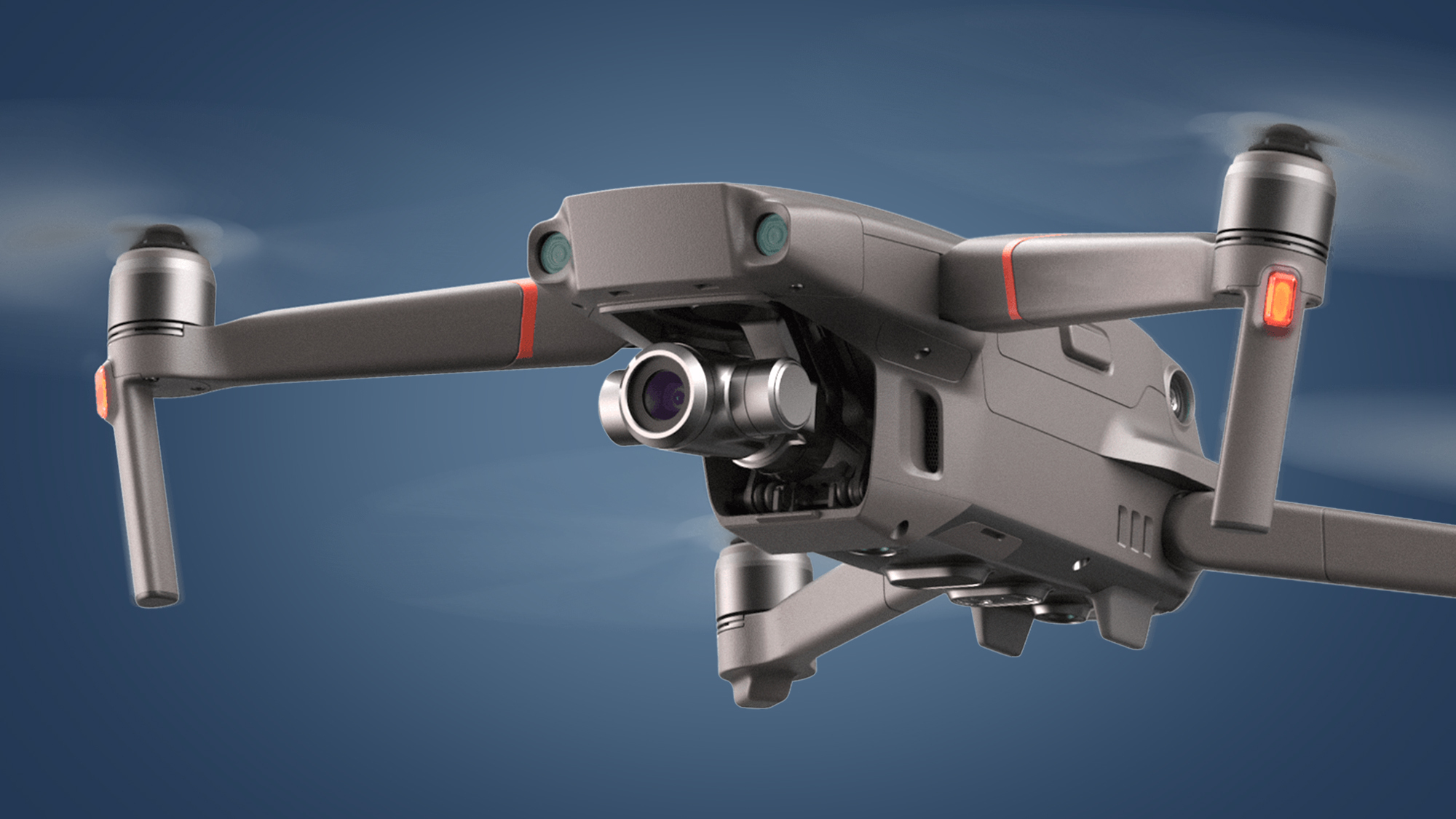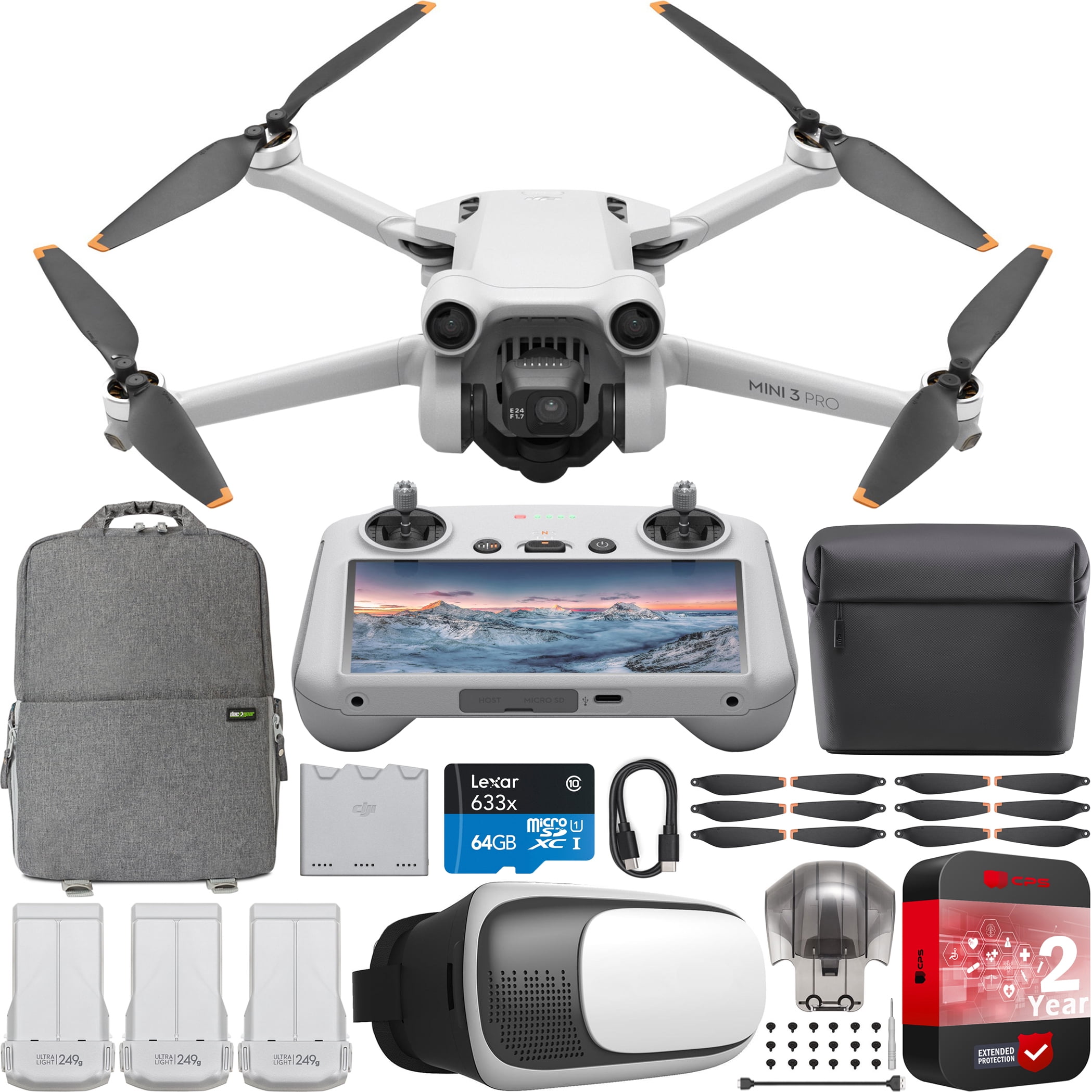Which DJI drone to buy? That’s the million-dollar question for aspiring aerial photographers and videographers. DJI offers a fantastic range, from compact and beginner-friendly models to professional-grade machines packed with features. This guide cuts through the noise, comparing the Mavic 3, Air 2S, Mini 3 Pro, and Phantom 4 Pro V2.0 across key aspects like camera quality, flight time, portability, and price, helping you choose the perfect drone to match your skills and budget.
We’ll explore each drone’s strengths and weaknesses, ideal users, and essential accessories, empowering you to make an informed decision.
We’ll dive deep into camera specs, flight performance, ease of use, and even showcase stunning imagery captured by each model. By the end, you’ll have a clear understanding of which DJI drone best fits your needs, whether you’re a seasoned pro or just starting your aerial adventure.
Choosing Your Perfect DJI Drone: Which Dji Drone To Buy
So you’re ready to take to the skies with a DJI drone? Fantastic! But with so many models available, choosing the right one can feel overwhelming. This guide breaks down the key features of four popular DJI drones – the Mavic 3, Air 2S, Mini 3 Pro, and Phantom 4 Pro V2.0 – to help you find your perfect fit.
DJI Drone Models: A Comparison
This table summarizes the key features of each drone, allowing for a quick comparison based on your needs and budget.
Picking the right DJI drone can be tricky! Consider your budget and what you’ll use it for – photography, videography, or just fun flights? To help you decide, check out this great resource on all things drone , from beginner models to professional-grade equipment. This will give you a better understanding of the market before you commit to a specific DJI model.
| Feature | Mavic 3 | Air 2S | Mini 3 Pro | Phantom 4 Pro V2.0 |
|---|---|---|---|---|
| Camera Quality | Exceptional; Hasselblad camera with 20MP, 4/3 CMOS sensor | Excellent; 1-inch CMOS sensor, 20MP | Very good; 1/1.3-inch CMOS sensor, 48MP | Good; 1-inch CMOS sensor, 20MP |
| Flight Time | Up to 46 minutes | Up to 31 minutes | Up to 34 minutes | Up to 30 minutes |
| Portability | Relatively compact, foldable | Compact, foldable | Very compact, foldable | Larger, not foldable |
| Price | High | Mid-range | Mid-range | Lower than Mavic 3, but higher than Air 2S and Mini 3 Pro |
Here’s a more detailed look at the pros and cons of each model and their ideal users:
- Mavic 3: Pros – exceptional image quality, long flight time; Cons – high price. Ideal for professional photographers and videographers needing top-tier results.
- Air 2S: Pros – excellent balance of features, price, and portability; Cons – slightly shorter flight time than Mavic 3. Suitable for serious hobbyists and professionals who need a versatile drone without breaking the bank.
- Mini 3 Pro: Pros – incredibly portable, excellent image quality for its size; Cons – shorter flight time than Mavic 3 and Air 2S. Perfect for travel and everyday use by hobbyists who value portability.
- Phantom 4 Pro V2.0: Pros – reliable performance, good image quality; Cons – less portable than the others, older model. A good option for those seeking a reliable workhorse on a slightly tighter budget, though newer models offer more features.
Camera Capabilities and Image Quality

Each drone boasts different camera specifications, impacting image and video quality. Understanding these differences is crucial for choosing the right drone for your needs.
Choosing the right DJI drone can be tricky! Consider your budget and what you’ll use it for – photography, videography, or just fun? Before you dive into specs, though, you might want to check if ChatGPT is working; sometimes I use it to compare models, so if you’re seeing issues, check chatgpt down? to see if there are problems.
Once you’ve got that sorted, you can get back to researching DJI drones and finding the perfect fit for your needs.
- Mavic 3: Hasselblad camera with a 4/3 CMOS sensor, offering exceptional detail and dynamic range. It captures stunning 5.1K video.
- Air 2S: 1-inch CMOS sensor provides excellent image quality, particularly in low light. It shoots up to 5.4K video.
- Mini 3 Pro: Its 1/1.3-inch CMOS sensor offers impressive image quality for its size, with 4K video capabilities.
- Phantom 4 Pro V2.0: Its 1-inch CMOS sensor delivers good image quality, though not as advanced as the newer models. It shoots 4K video.
Image quality in various lighting conditions:
- Daylight: All four drones perform exceptionally well in daylight, capturing vibrant and detailed images.
- Low Light: The Mavic 3 and Air 2S handle low light conditions better than the Mini 3 Pro and Phantom 4 Pro V2.0 due to their larger sensors.
- Sunset: All drones can capture beautiful sunset shots, but the larger sensor drones (Mavic 3 and Air 2S) tend to manage the dynamic range better, preserving detail in both the bright sky and darker foregrounds.
Flight Performance and Features
Flight performance and intelligent features are critical aspects to consider. This table provides a side-by-side comparison.
| Feature | Mavic 3 | Air 2S | Mini 3 Pro | Phantom 4 Pro V2.0 |
|---|---|---|---|---|
| Flight Time (approx.) | 46 minutes | 31 minutes | 34 minutes | 30 minutes |
| Max Speed | High | High | High | High |
| Range | Long | Long | Moderate | Long |
| Obstacle Avoidance | Advanced, omnidirectional | Advanced | Advanced | Advanced |
Features like ActiveTrack, Point of Interest (POI), and Return-to-Home (RTH) enhance the flying experience and safety. ActiveTrack allows for smooth subject following, POI enables circling a specific point, and RTH ensures a safe return to the launch point.
Portability and Ease of Use, Which dji drone to buy
Size, weight, and user-friendliness are key factors for many users.
- Size and Weight: The Mini 3 Pro is the most portable, followed by the Air 2S and Mavic 3. The Phantom 4 Pro V2.0 is the least portable.
- Ease of Use: All DJI drones are relatively user-friendly, with intuitive controllers and apps. However, the Mini 3 Pro might be slightly easier for beginners due to its simplified interface.
User experience varies with experience level:
- Beginner: Mini 3 Pro is a great starting point.
- Intermediate: Air 2S offers a good balance of features and ease of use.
- Advanced: Mavic 3 provides the tools for professional-level work.
Accessories and Add-ons
Expanding your drone’s capabilities with accessories can significantly enhance its performance and usefulness.
Picking the right DJI drone can be tricky! Consider your budget and what you’ll use it for – photography, videography, or something else? It’s a different ball game entirely when you consider the news, like the recent drone attack russia stories highlight, showing how drones are used in serious situations. But back to your shopping: DJI’s Mavic series is popular for beginners, while the Phantom series offers more advanced features.
Think about your needs before you buy!
| Accessory | Mavic 3 | Air 2S | Mini 3 Pro | Phantom 4 Pro V2.0 |
|---|---|---|---|---|
| Extra Batteries | Yes | Yes | Yes | Yes |
| ND Filters | Yes | Yes | Yes | Yes |
| Carrying Case | Yes | Yes | Yes | Yes |
| Other Accessories (Propeller guards, etc.) | Yes | Yes | Yes | Yes |
Price and Value

The price of each drone reflects its capabilities and features. While the Mavic 3 is the most expensive, its superior image quality and features justify the cost for professional users. The Air 2S and Mini 3 Pro offer excellent value for their price points, striking a balance between performance and affordability. The Phantom 4 Pro V2.0, while older, remains a cost-effective option for those prioritizing reliability and specific features.
Picking the right DJI drone can be tricky! Consider your budget and what you’ll use it for. If you need to quickly share your amazing aerial shots, you’ll want to make sure your printer’s WiFi is working perfectly; check out this guide for help setting up your Canon TS3420’s WiFi: canon ts3420 wifi setup. Once that’s sorted, you can focus back on choosing the best DJI drone to capture those breathtaking moments.
Drone Imagery Examples

Visual examples would showcase the capabilities of each drone. For instance, the Mavic 3’s Hasselblad camera would produce images with exceptional detail and color accuracy, particularly noticeable in landscapes with intricate textures and vibrant colors. The Air 2S would demonstrate excellent low-light performance, capturing sharp images even in dimly lit cityscapes. The Mini 3 Pro would highlight its portability with crisp close-up shots, showcasing its versatility in various environments.
The Phantom 4 Pro V2.0, though older, would still capture high-quality images, demonstrating its reliability for consistent results. The sophisticated image processing algorithms of each drone would contribute to enhanced dynamic range and color fidelity, producing stunning results even in challenging conditions.
Ultimate Conclusion

Choosing the right DJI drone is a significant decision, but with a clear understanding of your needs and the features offered by each model, the process becomes much simpler. This guide has compared the Mavic 3, Air 2S, Mini 3 Pro, and Phantom 4 Pro V2.0 across various aspects, highlighting their pros and cons to help you find the perfect fit.
Remember to consider your budget, skill level, and intended use to make the best choice. Happy flying!
Expert Answers
What’s the best DJI drone for beginners?
The DJI Mini 3 Pro is a great starting point, offering excellent features in a compact and easy-to-use package.
Do DJI drones require a license?
Regulations vary by country. Check your local laws regarding drone operation before flying.
How long do DJI drone batteries last?
Flight times vary depending on the model and conditions, but generally range from 20-40 minutes per battery.
Can I fly my DJI drone in the rain?
No, DJI drones are not waterproof. Avoid flying in rain or other wet conditions.